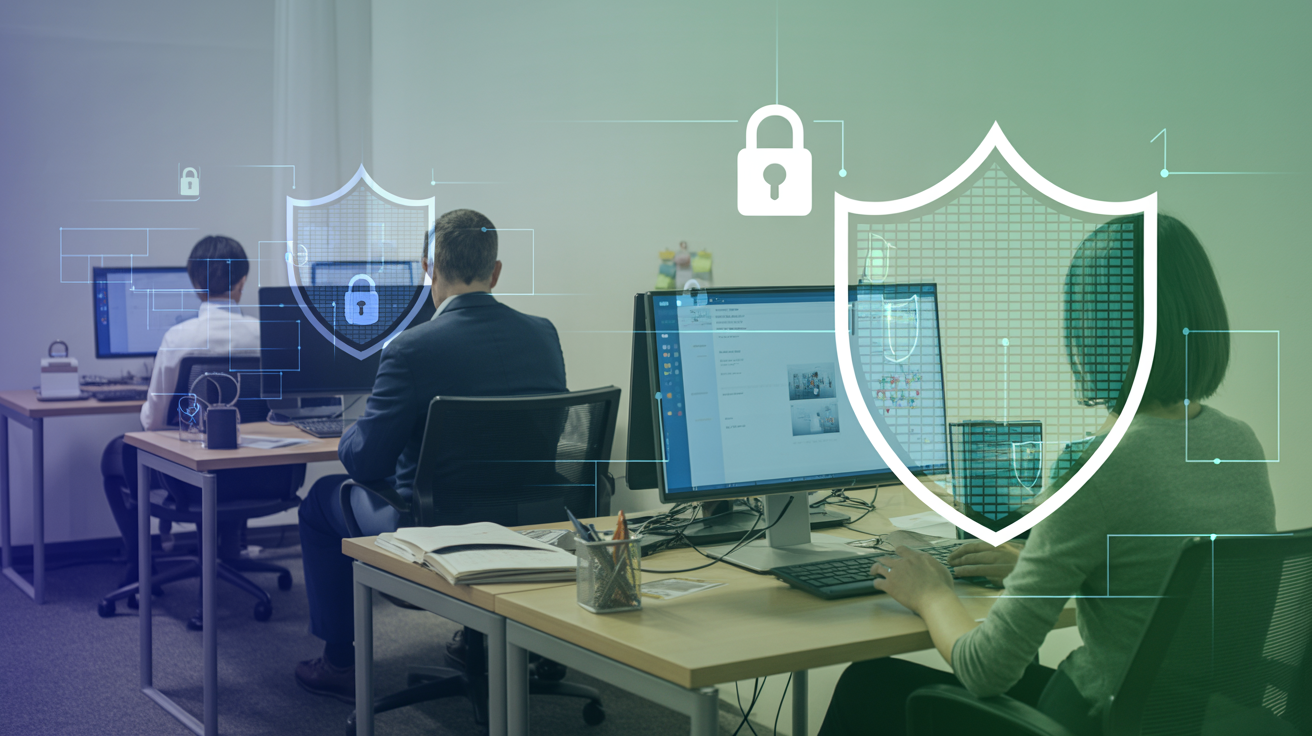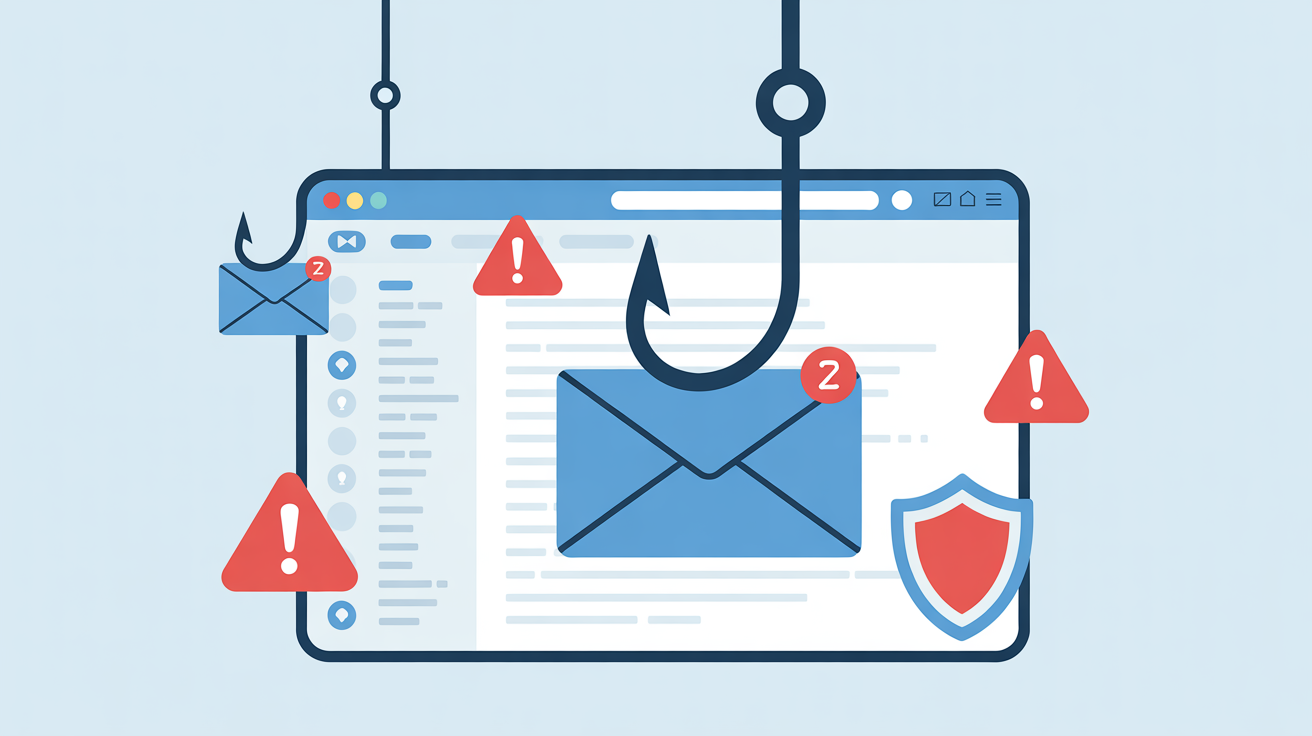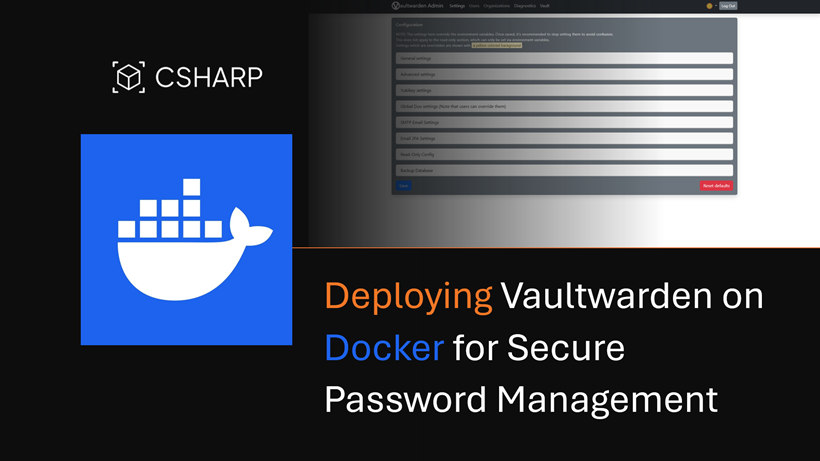Cloud Security Best Practices for Remote Teams
Secure your cloud infrastructure and remote workforce with proven strategies and essential security measures.

The shift to remote work has accelerated cloud adoption, with 83% of enterprise workloads now running in the cloud. While cloud computing offers significant benefits in terms of scalability, cost-effectiveness, and accessibility, it also introduces new security challenges that organizations must address to protect their remote workforce and sensitive data.
Understanding Cloud Security Challenges
Shared Responsibility Model
Cloud security operates on a shared responsibility model where the cloud provider secures the infrastructure, while customers are responsible for securing their data, applications, and access controls. Understanding this division is crucial for implementing effective security measures.
Common Cloud Security Risks:
Essential Cloud Security Framework
1. Identity and Access Management (IAM)
Zero Trust Approach:
Best Practices:
2. Data Protection and Encryption
Data Classification:
Encryption Strategy:
3. Network Security Controls
Virtual Private Clouds (VPCs):
Secure Remote Access:
Cloud-Specific Security Measures
1. Configuration Management
2. Container and Serverless Security
3. Cloud-Native Security Tools
Remote Work Security Considerations
Endpoint Security:
Home Network Security:
Collaboration Tool Security:
Compliance and Governance
Regulatory Compliance:
Cloud Governance:
Incident Response in the Cloud
Preparation:
Detection and Response:
Monitoring and Continuous Improvement
Key Metrics to Track:
Security Automation:
Building a Cloud Security Team
Successful cloud security requires a skilled team with expertise in:
The future of cloud security lies in automation, AI-driven threat detection, and seamless integration of security controls into cloud-native architectures. By implementing these best practices and maintaining a proactive security posture, organizations can confidently leverage cloud technologies to support their remote workforce while protecting their most valuable assets.
Related Articles

Essential Cybersecurity Practices for Small Businesses
Discover the fundamental cybersecurity measures every small business needs to implement to protect against modern threats and data breaches.

How to Protect Your Business from Phishing Attacks
Learn to identify and defend against phishing attempts that target your employees and sensitive business data.

The Complete Guide to Password Security
Master password best practices, two-factor authentication, and password management for enhanced security.
Need Expert Cybersecurity Guidance?
Our security professionals are here to help protect your business. Get a free consultation and vulnerability assessment.
